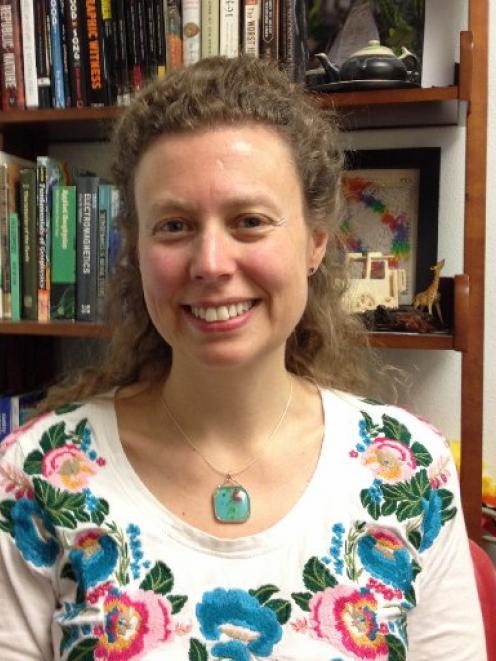
报告人:Christina Hulbe(教授)
时间:2022.12.1 10:00-11:30
Zoom会议:848-481-04235
密码:见邮件或班级通知
报告人简介
Christina Hulbe is Professor and Dean of the National School of Surveying at the University of Otago, in Dunedin, New Zealand. She was lead investigator for the recently completed Aotearoa New Zealand Ross Ice Shelf Programme. The mulit-institutional, interdisciplinary programme investigated rate-determining processes associated with deglaciation in the Ross Sea, working across scales in space and time and visiting deep-field sites where critical observations can be made. Today, she is an Objective Lead in the New Zealand Antarctic Science Platform and co-investigator on projects involving deformation and fabric development in polar ice masses. She earned her BS in Geological Engineering at Montana Tech, her MS in Geology at The Ohio State University and her PhD in Geophysics at the University of Chicago (1998). She moved from the US to New Zealand in 2013. She is engaged in a number of service activities, including leadership roles with the International Glaciological Society and at her home university. She is a recipient of the IGS Richardson Medal for Service to Glaciology and the IGS.
报告简介
Rapid change now underway on in the Amundsen Sea sector of West Antarctica raises concern that a threshold for unstoppable grounding line retreat has been or is about to be crossed. The grounding line is a transition between ice that is resting on the sea floor and ice that is floating in the ocean and in its simplest form, the instability is due to the inland-deepening bed of the glacier together with the power-law relationship between ice thickness and ice flux across the boundary. More completely, stability of the grounding line depends on the three-dimensional shape of the landscape through which the glacier flows and other environmental conditions. The focus here is the shape of, and spatial variation in, the subglacial bed. We use a high-resolution ice sheet model to examine the dynamics of self-sustained retreat on Thwaites Glacier by nudging the grounding line just past the point of instability. All together, we show that small differences in forcing lead to large differences in retreat rate and ice discharge across the grounding line and the implication for future change is clear. If lower-end future warming scenarios are possible, then the sooner anthropogenic forcing is reduced, the slower the ice sheet response, even if a self-sustaining retreat has been initiated. Retreat may be inevitable past a certain dynamical threshold, but the rate at which the retreat proceeds is not.